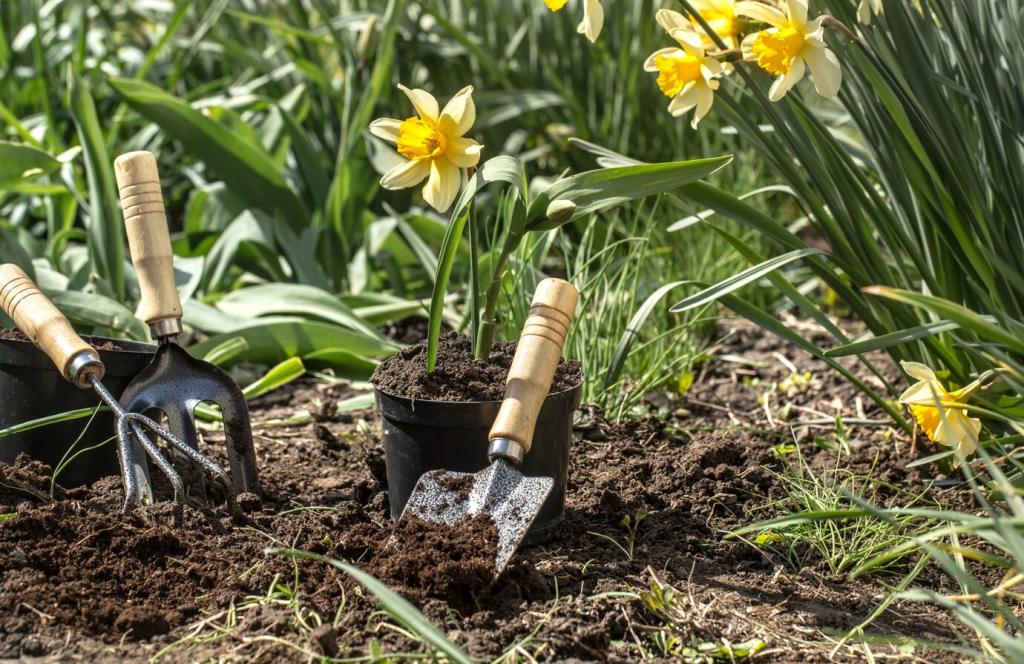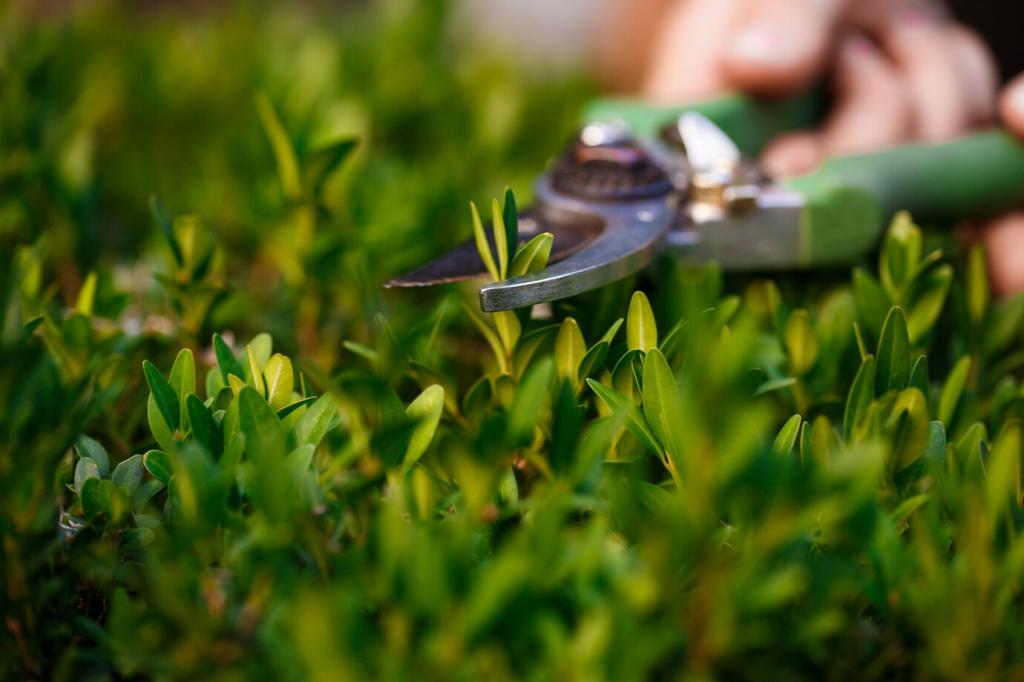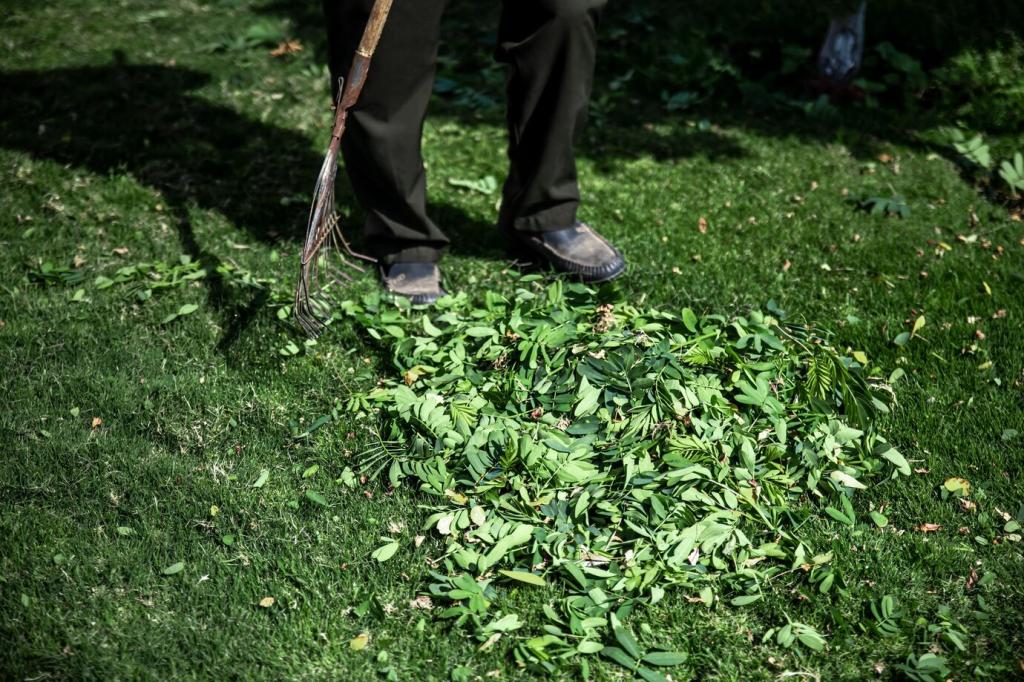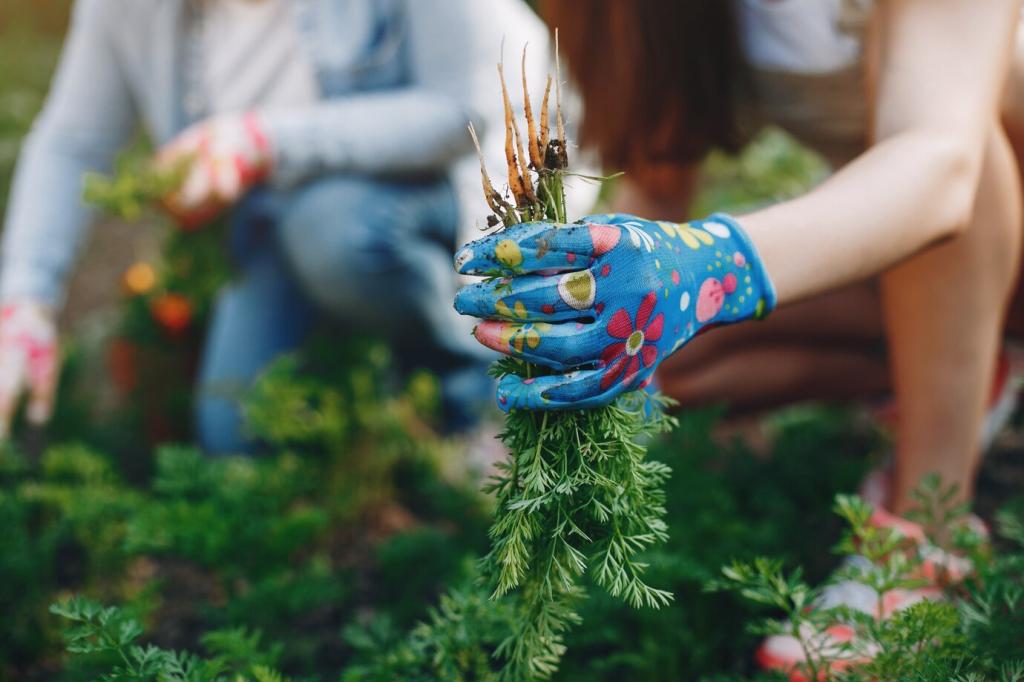Regional Favorites: Low-Water Picks That Perform
Try desert willow, red yucca, globe mallow, and agave for bold structure and minimal watering. These plants reward with flowers, hummingbird visits, and sculptural silhouettes. Add gravel mulch to reduce evaporation. Comment with your elevation and which selection stayed vibrant during your hottest week this year.
Regional Favorites: Low-Water Picks That Perform
Lavender, rosemary, ceanothus, and rockrose carry fragrance and color without constant irrigation. Fast-draining soils and winter rain suit them perfectly. Prune lightly after bloom to shape growth. Share your favorite lavender variety and how you pair it with grasses for sound and motion on breezy afternoons.





